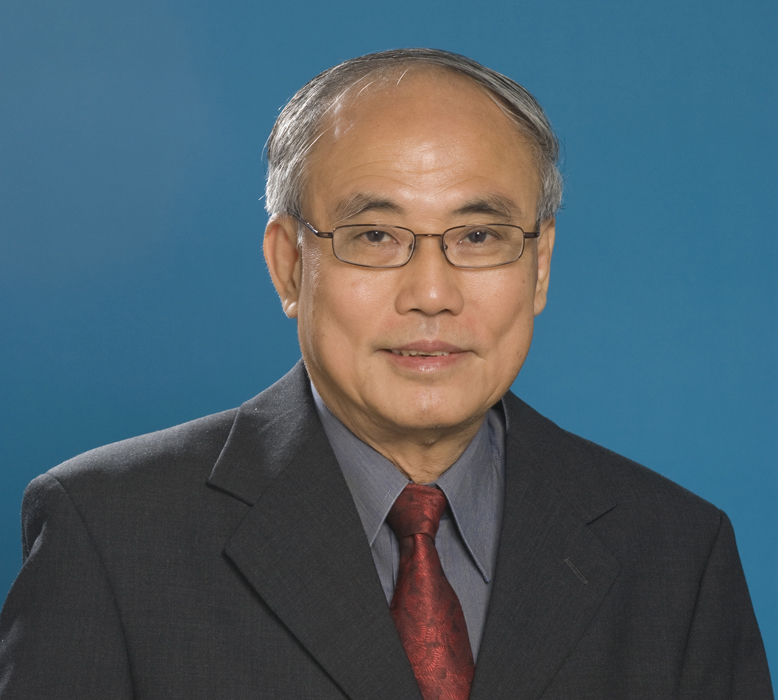President's Message
Message 01/2018

Mr Lim Soon Heng, PE, FIMarEST.
Founder President
THE SOCIETY
IN DIALOGUE WITH HDB, URA & STB



Dear Members,
My hearty greetings to all! This is the first, hopefully of many, regular messages I will deliver in the course of my term as President.
Our Society was registered in December 2017. The present 11 members were the founding members.
In our brief history, we have organised (a) a lecture by MIT Professor Jacopo Buongiorno and (b) a half-day conference with international eminent speakers. I have personally given talks and interviews in the past few months. I shall expand on those in the coming messages.
For this first message, I would like to record a milestone event, which took place Friday 13 April.
Dr Sabet, Captain James Fong, Mr Ivan Stoytchev, and I had a dialogue session with senior officers and directors of URA. The topic of our discussion was “Meeting Singapore’s challenges with floating structures.”
Dr Cheong Koon Hean, CEO of HDB, arranged the meeting. I am grateful to her.
I consider it a milestone event because it is the first time we had the opportunity to meet three major organisations at a single meeting. They are HDB, URA and STPB. HDB is one of the world’s largest homebuilder, URA is the urban planner for this beautiful City in a Garden and STB is the organisation responsible for attracting the 13.05 million tourists into Singapore accounting for 10.5% of our GDP.
We left the meeting encouraged that these three organisations are quite prepared to consider floating solutions as its fourth avenue in space creation. The meeting was friendly but robust. It lasted 2 hours.
The gist of it was yes floating solutions are worth considering but it would need to address some challenges. These include finding the right skill sets to design these structures, to project manage and control quality and to make the right decisions on structural material for a marine environment.
We make the point that all the necessary skill sets are available locally. Over the past four decades, Singapore has become the world’s leading offshore structure manufacturer in the world delivering rigs to some of the harshest marine environments on the planet.
HDB/URA rightly, wanted to know if there was a framework for the audit and approval in the design and construction process for floating structures. We drew the attention to the fact that a wealth of such capability exists in Singapore, not only in the shipyards but also in the leading international classification societies, which all have regional offices in Singapore. For example DNV-GL has extensive guidelines for design of offshore concrete structures.
The durability of concrete was discussed. Dr Sabet (who is also President of Singapore Concrete Institute) informed the meeting that concrete structures designed by Dr Alfred Yee in the 1980s are still in service. Condeep offshore production and storage platforms are in service since 1970s. Scientists have recently unravelled the secret why Roman concrete lasted 2000 years in seawater.
I asserted emphatically that for such concepts to succeed, engineers and architects who build structures on land must work hand in hand with local marine engineers and architects who design and construct offshore structures. The two skill sets must be integrated to make a success of a project. While concrete-mixing is new to shipyards, it not a difficult skill to acquire.
Singapore is one of the few places around the world, which have these two skill sets cheek by jowl. Unfortunately as of now, no attempt has been made for the practitioners on both sides to come together.
Based on data from MND website, Singapore would need 56 sq. km of additional land by 2030 when the population touches 6.7 million. At the present 1.3% growth rate, it would hit 10 million people by 2062. It would then need 240 sq km of land over what it now possesses. These are mind boggling numbers.
Current space creation solutions by reclamation, by building higher or deeper are facing practical limitations. They are increasingly costly, risky and damaging to the environment
Singapore needs to consider floating solutions for such magnitude of space creation. With better management of the use of the 700 sq km of the sea for shipping, perhaps there may be a chance that those numbers are achievable.
Master planning of the sea is crucial but thankfully, floating structures are “no regret structures.” They need only be moved aside if they stand in the way of future visionaries. They would not suffer the indignity of the much loved National Library Building @ Stamford Road.
Lim Soon Heng
15th April 2018
